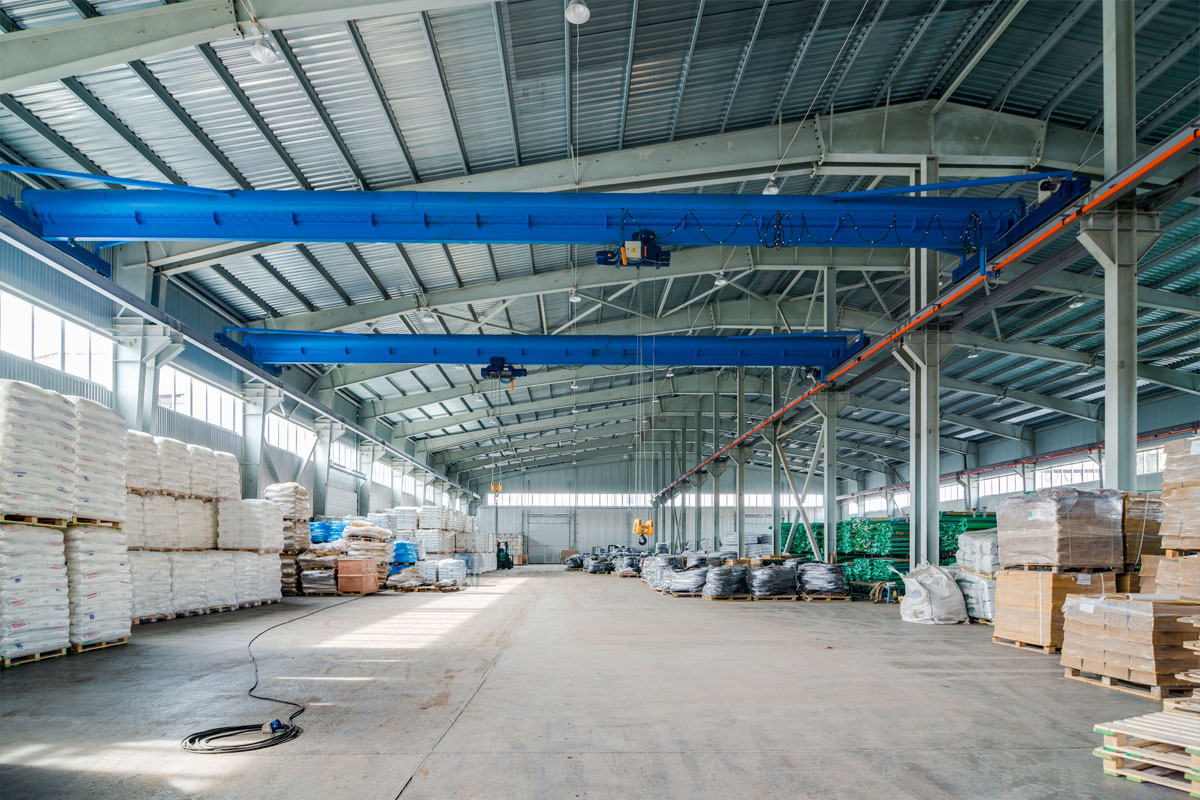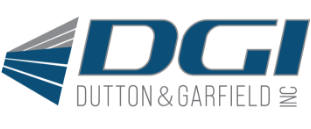
Is A Metal Building Design Right For Your Organization?
Business leaders are sometimes tasked with making frugal investments into expanding their physical footprint. Given the high cost of construction, it’s not unusual for professionals to postpone building a new facility. Leasing space as a wait-and-see strategy doesn’t actually solve the cost problem. In fact, paying rent instead of owning a building can be a poor use of resources. That’s largely why an increased number of industry leaders are turning to metal buildings.
What are the Benefits of Metal Buildings?
Metal building construction and materials costs are a fraction of stick-built and masonry structures. In terms of reducing expenses and managing business debt, metal buildings rank among the most cost-effective options. These are other common benefits organizations gain from metal building designs.
- Short Construction Times: Metal building designs and materials help streamline the process. Because metal buildings can be erected more quickly than their stick-built and masonry counterparts, organizations save on downtime, avoid extending leases, and can get up and running quickly.
- Reduced Maintenance: The simplicity of metal building designs saves time and money on the backend as well. Steel buildings require only minimal maintenance and upkeep. This helps growing businesses reduce ongoing expenses and increase profits.
- Energy Efficiency: Professionals typically consider energy efficiency from two perspectives. These involve reducing fuel usage to minimize the impact on the environment and lowering utility bills. Smartly designed metal buildings can deliver on both fronts.
It’s also essential to know that metal buildings and the materials used in their construction are typically green friendly. That means people who choose these facilities are also doing their part for a cleaner, healthier environment.
What You Need to Know About Metal Building Designs
The metal building design process does not necessarily mirror that of their stick-built or masonry planning. Other commercial buildings require architects and engineers to use structural components that prove cumbersome and expensive. By contrast, materials used in metal buildings are relatively standard and easy to install. What generally occurs during the planning phase is that decision-makers are reviewing options. Once the square footage and general layout have been established, metal building designs offer the following advantages.
- Versatility: An increased number of industries are turning to metal buildings for good reason. Restaurants, educational facilities, car dealerships, shopping malls, offices, and many other sectors select metal buildings because they deliver rare versatility.
- Flexible Floor Plans: The nature of the materials used in metal buildings makes floor plans inherently flexible. Often constructed directly on a concrete slab, the layout can meet the precise square footage needed. Wide-open spaces for production and manufacturing can be integrated into the same building with private office spaces. Decision-makers work directly with metal building designers to create a unique floor plan that best serves an organization’s goals.
- Customization: The ability to tweak a metal building design and add skylights, wainscoting, bay doors, HVAC, security systems, and many other options makes them a preferred choice. This type of customization can be integrated into the blueprints or made after your organization is operational.
The experienced professionals at Dutton & Garfield provide state-of-the-art metal building designs and construction for New England businesses. If you are considering a building, contact us at 603-329-5300 for a consultation today.
